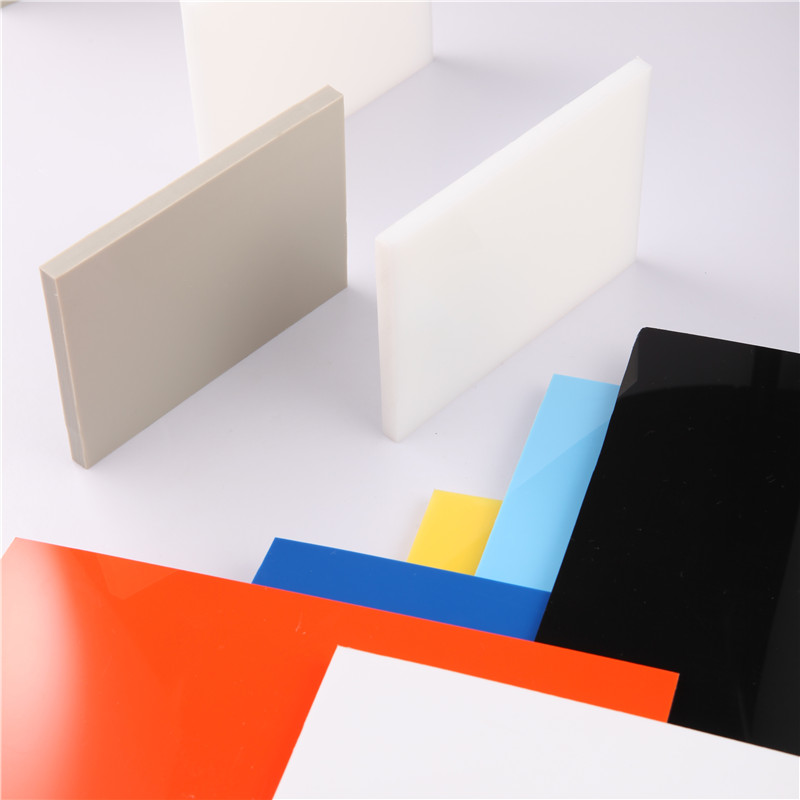Dec . 13, 2024 14:30 Back to list
ppr pipes and fittings
Understanding PPR Pipes and Fittings A Comprehensive Guide
In recent years, the plumbing industry has witnessed a significant transformation, particularly with the introduction of modern materials. One such material gaining prominence is Polypropylene Random Copolymer (PPR). PPR pipes and fittings have emerged as a preferred choice for a variety of plumbing and piping applications due to their durability, cost-effectiveness, and versatility. This article delves into the characteristics, benefits, and applications of PPR pipes and fittings, providing a comprehensive understanding of why they are increasingly becoming the go-to option for both residential and commercial plumbing needs.
What Are PPR Pipes and Fittings?
PPR pipes are made from a type of thermoplastic known as polypropylene, which has been modified to enhance its performance. The random copolymer aspect refers to the molecular structure of the material, which allows for better flexibility and impact resistance. PPR fittings, on the other hand, are connectors and junctions designed to seamlessly interconnect with PPR pipes, allowing for a comprehensive piping system ideal for various applications.
Key Characteristics
1. Durability PPR pipes are highly resistant to corrosion, rust, and scaling compared to traditional materials like metal. This makes them ideal for both hot and cold water systems, as they do not degrade over time.
2. Temperature Resistance PPR pipes can withstand temperatures up to 95°C (203°F), making them suitable for hot water applications. Their thermal conductivity is relatively low, which prevents heat loss in hot water systems.
3. Chemical Resistance PPR pipes are resistant to a wide variety of chemicals, making them suitable for industrial applications where corrosive substances may be present.
4. Lightweight Compared to metal pipes, PPR pipes are significantly lighter, which reduces installation costs and makes handling easier. This lightweight property can also contribute to lower transportation costs.
5. Ease of Installation PPR pipes and fittings are easy to join through fusion welding, which creates a strong, leak-proof bond. This method reduces the need for additional fittings or joints, simplifying installation procedures.
ppr pipes and fittings

Benefits of Using PPR Pipes and Fittings
1. Cost-Effectiveness Although the initial cost of PPR pipes may be slightly higher than traditional materials, their long lifespan, low maintenance, and energy efficiency make them a cost-effective choice in the long term.
2. Environmental Impact PPR is a recyclable material, contributing to environmental sustainability. The reduced energy consumption in heating water transported through PPR pipes also helps to lower overall carbon footprints.
3. Aesthetics Available in various colors and designs, PPR pipes can be selected based on aesthetic preferences without sacrificing functionality.
4. Health Considerations Unlike some traditional plumbing materials, PPR pipes do not leach harmful chemicals into the water supply, making them a safer choice for drinking water systems.
Applications of PPR Pipes and Fittings
PPR pipes and fittings are versatile and can be used in numerous applications, including
- Residential Plumbing Ideal for water supply and distribution, heating systems, and irrigation. - Commercial Applications Suitable for installations in hotels, hospitals, and schools, where durability and hygiene are critical. - Industrial Use PPR pipes can handle the transportation of chemicals and corrosive substances, making them valuable in various industries.
Conclusion
In conclusion, PPR pipes and fittings represent a significant advancement in plumbing technology. Their durability, chemical resistance, ease of installation, and environmental benefits make them an excellent choice for a wide range of applications. As the industry continues to evolve and prioritize sustainable and efficient solutions, PPR pipes are likely to remain a staple in both residential and industrial piping systems. Embracing this modern material not only enhances plumbing efficiency but also contributes positively to environmental sustainability, making it a win-win for future plumbing projects.
-
Durable PP Rigid Sheet: Lightweight, Chemical Resistant Solutions
NewsAug.21,2025
-
PVC Grey Sheet for Extraction: Chemical Resistant & Durable
NewsAug.19,2025
-
Durable PVC Pipe Fittings for Plumbing & Irrigation Needs
NewsAug.18,2025
-
HDPE Steel Belt Reinforced Spiral Corrugated Pipe | High Strength
NewsAug.17,2025
-
HDPE Pipe Fittings: Durable, Leak-Proof Solutions
NewsAug.16,2025
-
Premium CPVC Sheet: High-Temp & Chemical Resistant Solutions
NewsAug.15,2025

